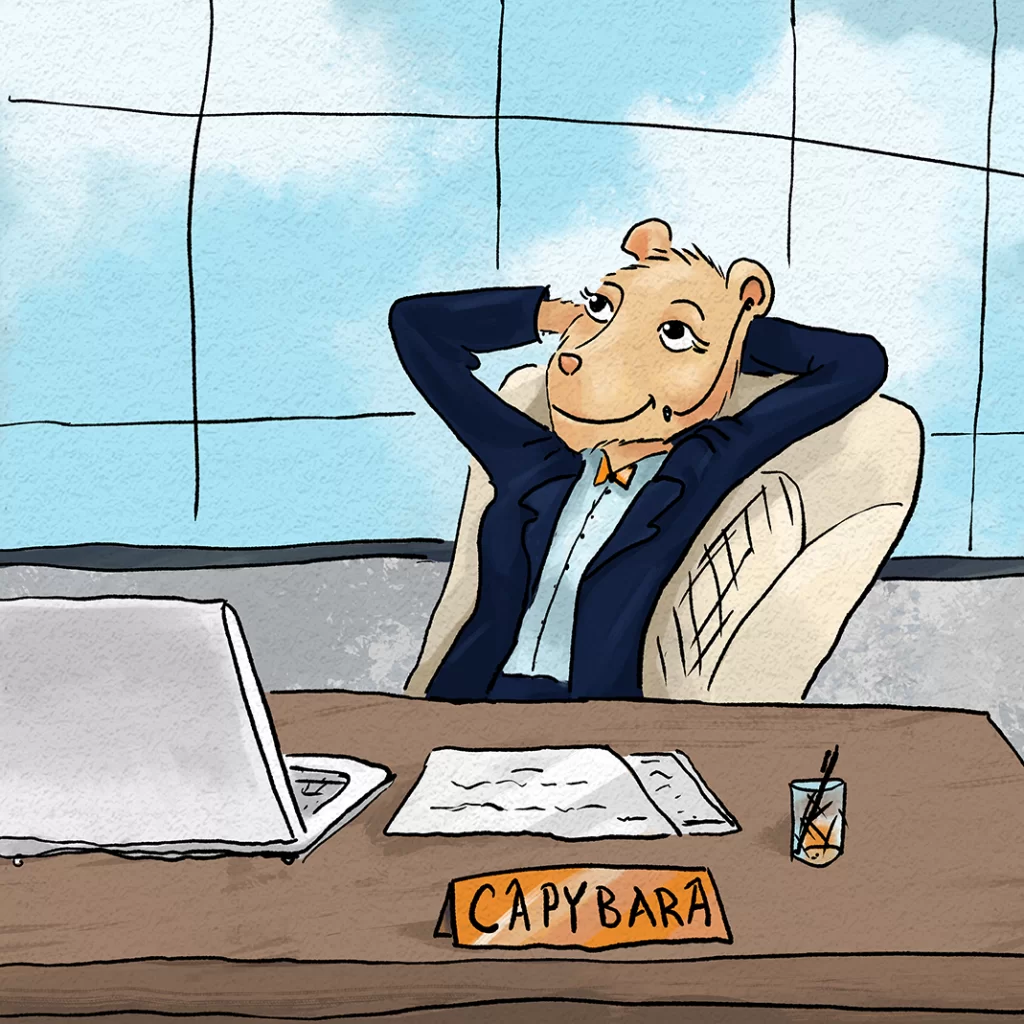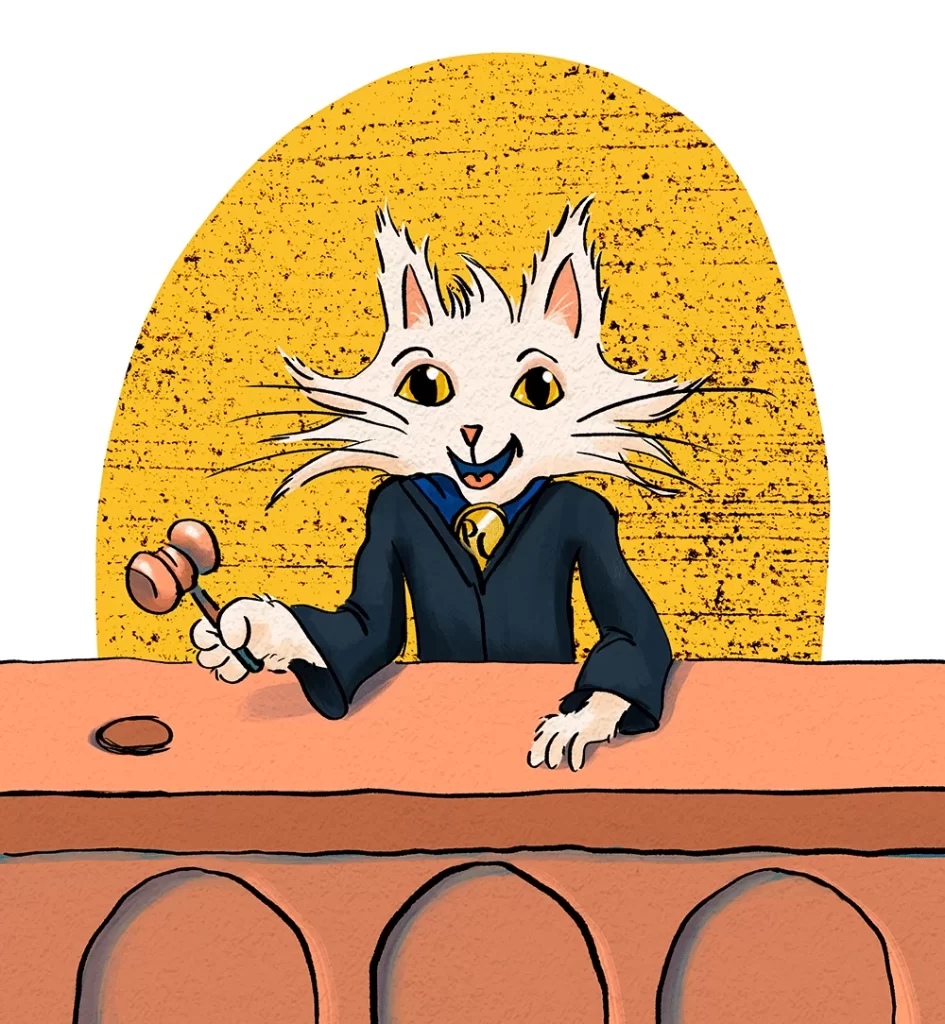
You’ve got a great idea for a new product. You’ve sketched out designs. You’ve talked to potential customers and people are SUPER excited about buying it. All that’s left is to make it, right?
Not so fast. If you read our recent series on design thinking you know that after coming up with a great idea you should start prototyping various aspects of your product. But did you also know that there’s a quick check you can do to rule out some ideas that won’t work, without spending the time or money to build it?
Gary didn’t.
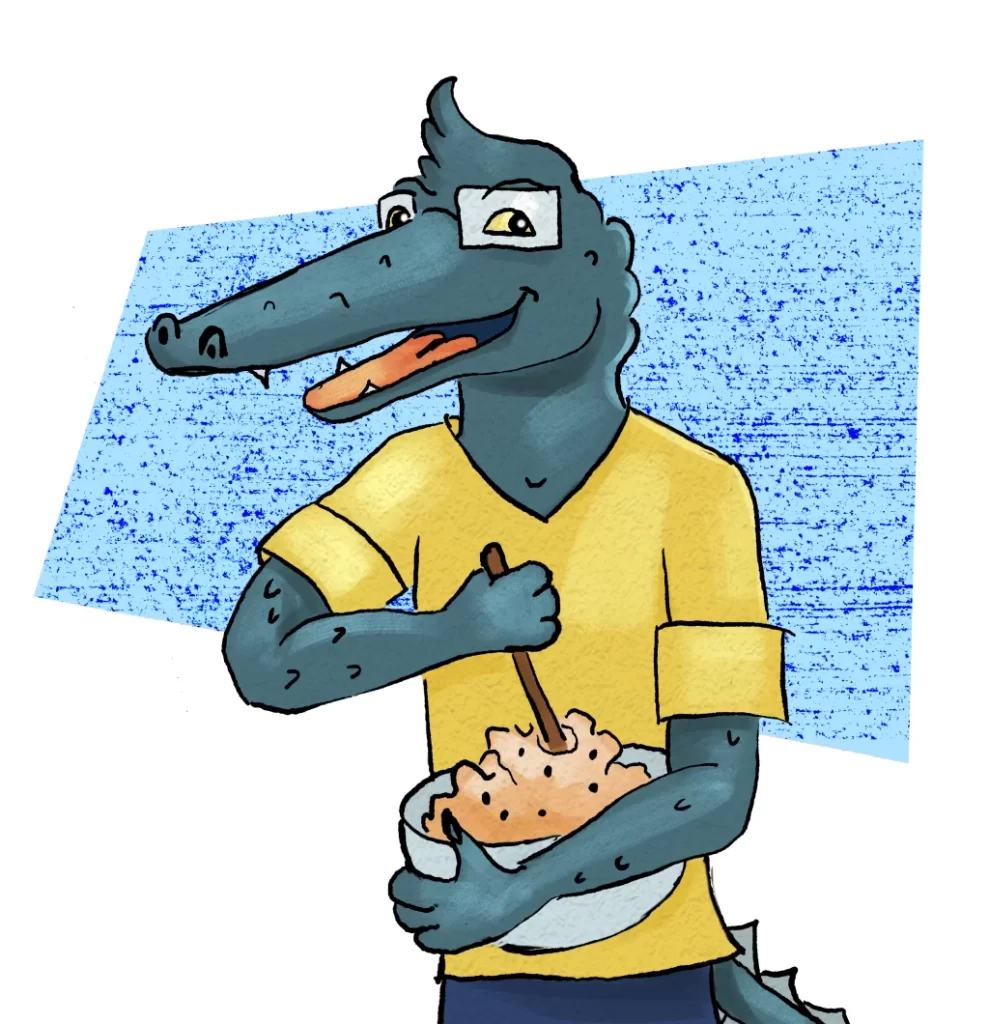
If you’re a regular PCat reader, you know that Gary is an accountant who runs a side business baking. Making and selling cookies is exciting and delicious. And Gary recently had an idea for another direction he could take his business in: he’s working on inventing a new type of oven!
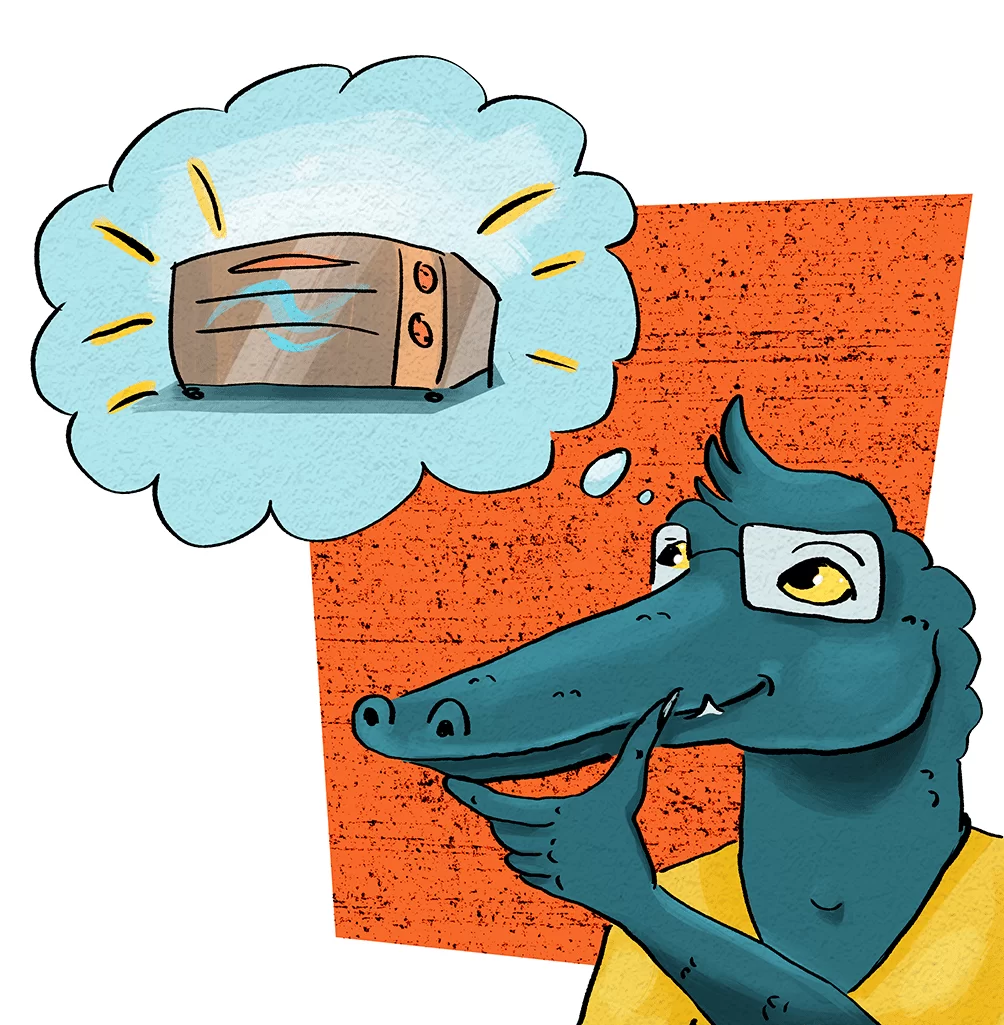
Gas and electricity cost money, and over-consuming them is bad for the environment. So Gary decides he will make an oven that doesn’t depend on those things. He hasn’t 100% nailed down how it will work, but he thinks maybe it can draw in energy from the air in the room… Like, there’s heat in the room, which can just come from the building’s heating system and/or the outdoor heat (which comes from the sun), and then he’ll use something to trap the heat….

Gary’s right about some things: There is heat energy in any room. And it is possible to capture heat energy – for example, you’ve probably observed that dark-colored cars or T-shirts capture heat energy from the sun. But unfortunately, there is no way to multiply that captured energy because of…
First Principles
Yes, first principles. And first a note for clarity: you may hear different uses of the phrase “first principles” in different fields. In the world of product design engineering, and therefore in the context of this article, we’re talking about the laws of thermodynamics. And the laws of thermodynamics are not like the laws about jaywalking, speeding, insider trading, or grand theft auto: you can’t EVER get away with breaking them. Not even once; not even for a few seconds. Because they’re laws of nature. (Like the law of gravity.)
And as it happens, Gary’s idea violates the first law of thermodynamics.
First law: Energy can neither be created nor destroyed.
It can do two things that may sometimes look like creating or destroying energy if you’re not paying close attention:
- Energy can change forms (for example, from electricity to heat as with an electric oven.)
- Energy can enter the space that you’re focussed on (called “the system”) from elsewhere (“the surroundings”.) Example: if you call the oven “the system,” then the electricity is energy being brought into the system through the electrical wires which are part of the surroundings.
But there’s no way to truly create energy. Just as chemists have figured out that there’s no way to change tin into gold, and biologists have figured out that life can’t arise spontaneously from rotting meat, engineers have figured out that there’s no way to create energy! It’s sad in one sense because it means there’s no way for Gary’s idea to work….
But look on the bright side! Knowing this allows Gary to discard that idea and move on to something else.
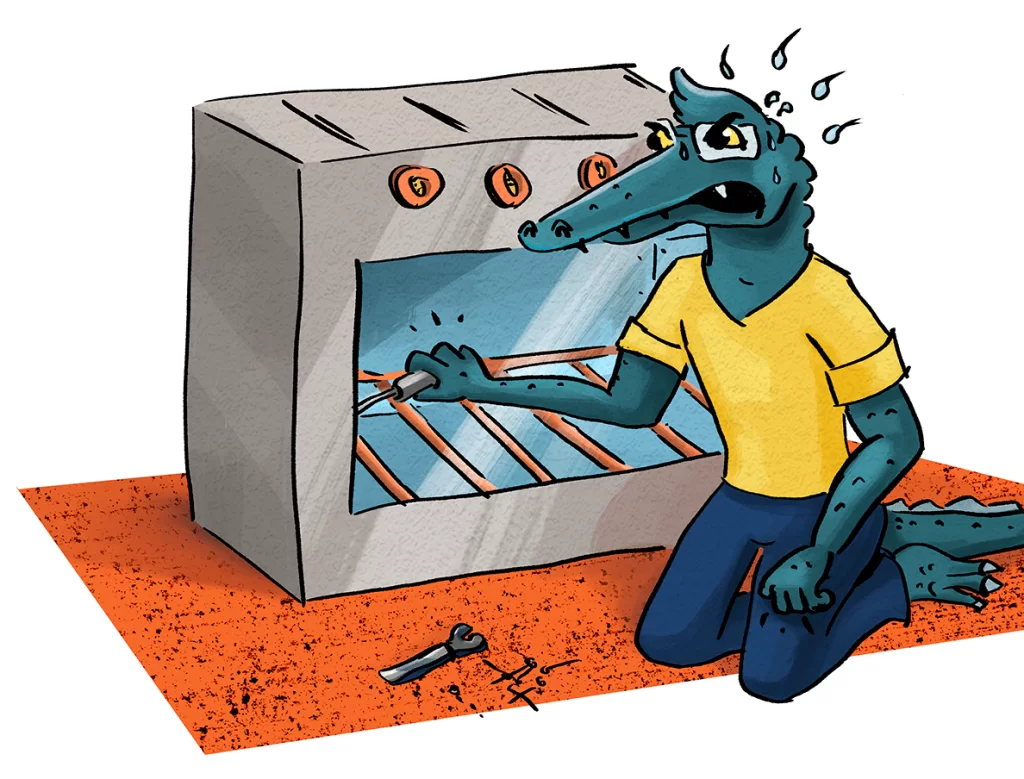
Weekly Challenge:
Next time you go through the design thinking process, do a quick screen during your “Red Light Thinking” step to make sure you don’t inadvertently choose an idea that violates First Principles!
Ps. We’ll cover the other laws of thermodynamics in upcoming PCat articles, but if you want to get started right away you can definitely find good information online. One resource you may find useful is this video by a YouTuber called Professor Dave. It’s a little more technical than what you’ll read on Process Cat but still approachable.


